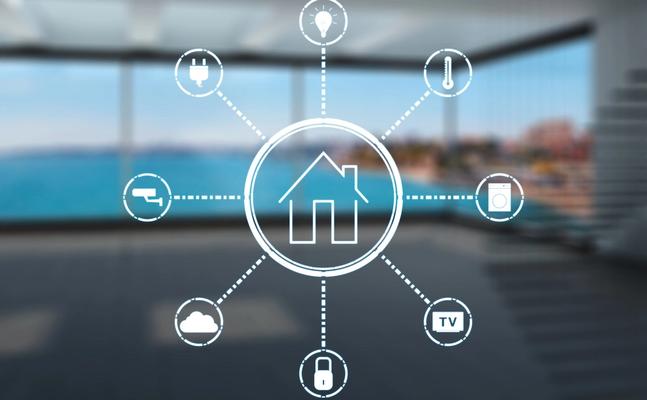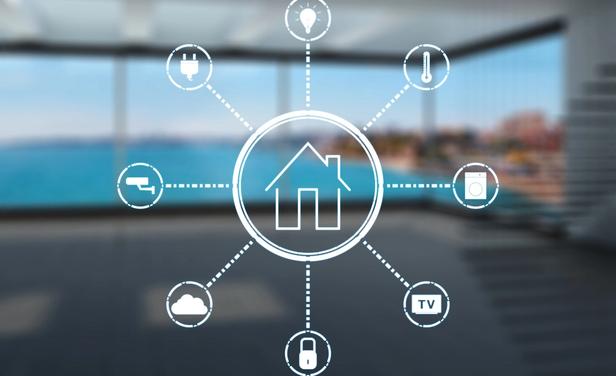Subscribe to our newsletter
Key Takeaways
Integration challenges are common but solvable: Many operators worry about data silos, compatibility issues and operational disruption when adding smart tech to legacy multifamily systems, but these can be overcome with the right strategy.
API-first architecture is essential: Modern smart home platforms designed with an API-first approach enable seamless, secure and automatic data exchange with existing property management, accounting and CRM systems, avoiding manual work.
Phased rollouts minimize risk: Implementing smart technology incrementally allows teams to test, gather feedback and refine processes, building confidence and expertise before portfolio-wide deployment.
Effective data migration is crucial: Careful field mapping, test batches and integrity validation during data migration ensure consistent and accurate data flow across all connected platforms.
Unified tech stacks unlock major benefits: Integrating smart tech centralizes workflows, reduces manual tasks, improves data visibility and speeds up decision-making, leading to smarter, leaner operations.
Partnership is key to success: The most effective digital transformations are supported by tech partners (like SmartRent) who offer guidance, hands-on implementation and tailored support to integrate new solutions into unique operating environments.
For multifamily operators, adding smart home technology often sounds great in theory, until they consider the systems they already have in place. Legacy property management software, siloed platforms and patchwork tech stacks can make new integrations feel risky, complex or even impossible.
But digital transformation doesn’t have to mean disruption. With the right partner and the right approach, operators can modernize their portfolios without overhauling everything at once. The key is thoughtful integration anchored in real-world strategy and backed by purpose-built tools.
Common integration challenges
Let’s start with the concerns operators face most frequently:
Data silos: Different systems that don’t talk to each other result in duplicated work, inconsistent data and missed insights.
Compatibility issues: Legacy platforms may lack the flexibility to integrate with newer technologies, causing friction during implementation.
Fear of disruption: Operators worry that upgrading tech will cause operational downtime, confuse staff or frustrate residents.
These challenges are all real, but they’re not insurmountable. The right integration plan can transform potential pain points into performance gains.
Why API-first matters
Modern smart home technology platforms are designed to integrate, not compete, with existing systems. At the heart of that approach is an API-first architecture.
An API (Application Programming Interface) serves as a digital bridge, enabling platforms to exchange data securely and automatically. Our robust APIs enable seamless integration with your existing property management systems (PMS), accounting software, CRM platforms and more, allowing for real-time data flow without requiring duplicate entry or manual syncing.
This level of connectivity ensures that smart home functionality is not an isolated layer but a natural extension of your existing workflows.
Phased implementation: Minimize risk, maximize adoption
One of the most effective strategies for integrating smart tech is to start small and scale strategically. Phased rollouts allow teams to:
Test new systems in select units or buildings
Gather feedback from site staff and residents
Refine operational processes before portfolio-wide deployment
This incremental approach not only reduces risk but also builds internal confidence. Teams can learn, adapt and build expertise before rolling out to larger populations.
SmartRent supports this strategy by offering modular solutions that can be layered into your tech stack at a manageable pace.
Data migration and synchronization
Migrating data from legacy systems can feel daunting, but it’s a critical step for accurate reporting, streamlined operations and unified resident experiences.
Best practices for a successful data migration include:
Mapping fields carefully: Ensure that property data, resident info and system settings align between old and new systems.
Running test batches: Migrate sample data first to catch inconsistencies before full implementation.
Validating integrity: Confirm that data flows properly across all connected platforms, especially for time-sensitive tasks like work orders or access control.
Our team brings extensive experience navigating this process across a variety of PMS and legacy platforms. With dedicated support, the transition becomes less about risk and more about opportunity.
The benefits of a unified tech stack
Once smart tech is fully integrated, the benefits go well beyond added convenience. A unified, connected system unlocks:
Centralized workflows: Property managers can oversee smart devices, resident access and work orders from a single platform.
Fewer manual tasks: Real-time data syncing between systems eliminates redundant entry and reduces the risk of errors.
Improved visibility: With consistent data across the tech stack, asset managers gain sharper insights into performance, usage trends and resident behaviors.
Faster decision-making: Unified systems mean less time chasing information and more time optimizing operations.
The result is a smarter, leaner operation with fewer gaps and greater confidence in every decision.
Implementation isn’t a one-time task; It’s a partnership
The best tech partners don’t just sell software, they help you make it work within your unique environment. SmartRent is more than a vendor; we act as a partner throughout the implementation process.
From initial planning to hands-on implementation and post-deployment support, our team helps guide you every step of the way. Whether your portfolio spans 200 units or 20,000, we tailor the rollout to your systems, your team and your goals.
We understand that transformation doesn’t happen overnight. But with the right strategy and support, it can happen without disruption and with real ROI.
Ready to streamline your tech stack?
Digital transformation doesn’t require ripping and replacing everything you’ve built. With SmartRent, you can integrate smart home technology seamlessly into your existing systems, one step at a time.
Want to find out how a unified tech stack can drive efficiency, reduce overhead and prepare your properties for what’s next? Schedule a demo today to get started.

